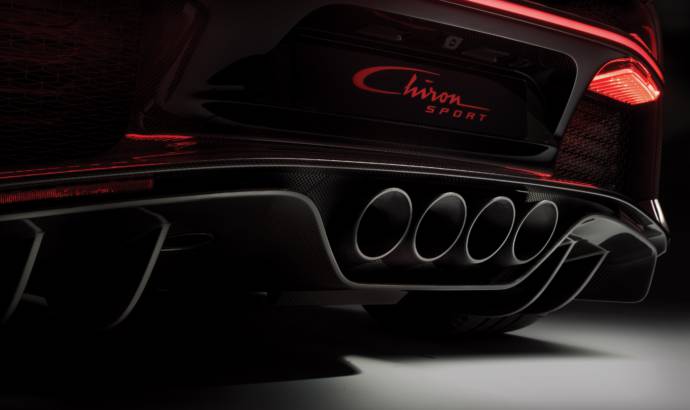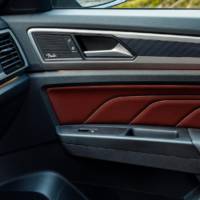Bugatti is using latest technologies to improve the building process of its current Chiron. The hyper sports cars Chiron Pur Sport1 and Chiron Super Sport 300+ are extreme in all aspects. That’s why they make use of vehicle parts that are produced using a 3D printer.
As the only company in the automotive industry, Bugatti uses 3D printing to produce tailpipe trim covers made of titanium for its newly developed hyper sports car. The cover is the first visible part to be 3D-printed in metal that is officially approved for use on the roads. The approximately 22-centimetre long, 48-centimetre wide and 13-centimetre high trim cover at the rear of the Chiron Pur Sport weighs just 1,85 kilograms including grille and bracket – some 1.2 kilograms less than the cover on the Chiron.
Four 400-watt lasers simultaneously print titanium to produce the component – the wall thickness at the thinnest point is just 0.4 millimetres. Approximately 4,200 layers of metal powder are stacked on each other and are firmly fused together.
he trim cover of the Chiron Sport covers four tailpipes of the six-branch exhaust system at the rear, offering not just visual benefits but technical advantages, too: with its large and sturdy tubes, it helps conduct the waste heat from the hot exhaust gases away from the rear so that no heat accumulation occurs. With 1,500 PS and a top speed of up to 420 km/h, it is these details that make the car a genuine Bugatti and a perfect hyper sports car. Another advantage: at 2.2 kilograms, the printed part weighs 800 grams less than a normal cover. True to Ettore Bugatti’s motto “weight is the enemy”, Bugatti always looks at each individual component to find ways to reduce weight.



